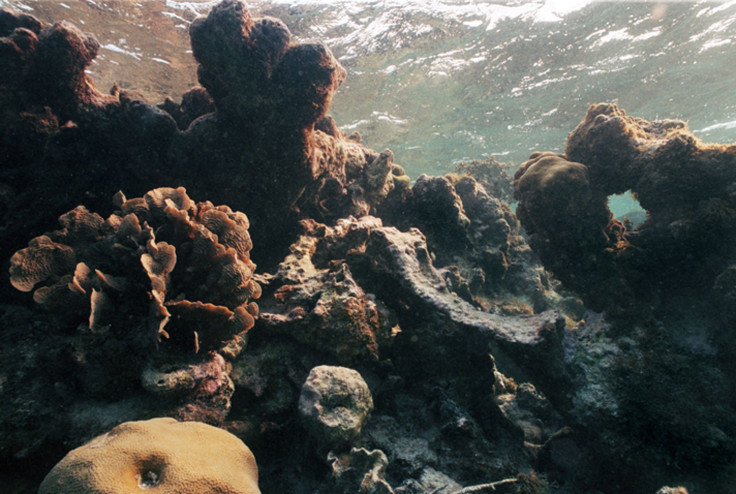The Great Barrier Reef coral bleaching: Australian wonder is turning white; Heat stress causing algae to disappear

The Great Barrier Reef, the world’s largest living ecosystem stretching 2,000 kms along Australia's northeast coast, is suffering from coral bleaching. The damage is much worse than previously expected. The Australian wonder, which brings in billions of dollars in tourism revenue, has reached such a huge level of coral bleaching that authorities have been forced to increase its threat level to the highest possible category.
On Sunday, the Great Barrier Reef Marine Park Authority lifted its alert level to level three, which means severe regional bleaching, which has the capacity to destroy the entire underwater ecosystem, has been detected. The revised bleaching level comes only a week after the authorities increased the coral bleaching warning from level one to two.
In areas such as the remote far north on inshore Cape York reefs, up to half of the coral are dying because of prolonged higher than average sea surface temperatures. Environment Minister Greg Hunt took a ride over the reef to observe badly hurt areas around Lizard Island, north of Cairns. Surveys carried out by divers have revealed intense bleaching, writes Sky News.
“We still have many more reefs to survey to gauge the full impact of bleaching, however unfortunately, the further north we go from Cooktown, the more coral mortality we're finding,” said the chairman of the Great Barrier Reef Marine Park Authority, Russell Reichelt.
The once-vibrant reef is turning white and the main cause of it is the rising ocean surface temperature. It reached 33 degrees in February due to the strong El Niño weather system. The severe heat causes corals to expel tiny algae that provide corals their energy and colour. The moment the algae are removed, their white skeleton is revealed. The only way to bring things back to normal is to lessen the heat stress.





















